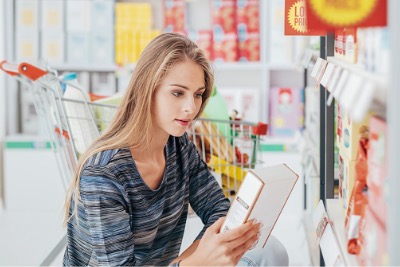
Nutritional Labeling – Different Strokes
More and more, consumers are looking at labels. This is particularly true for Halal consumers who gloss over the nutrition labels printed on the products packaging so that they can understand what they are buying and consuming.
There was a time, not so long ago that a food producer could put the term “healthy” or “natural” and convince people to purchase a product; but those days have passed. Most consumers of packaged goods want to know more. Halal consumers need to know if ingredients included in the product fall within the Islamic dietary requirements.
In some countries, people still go to their local vegetable market, butcher or baker, and they know what their trusted farmer or craftsperson has put in the product and how it was made. This is not the case in many developing or developed countries. If you export or travel, you’ll notice different countries have different approaches to nutritional labeling.

International Labeling
The UN and WHO's Codex Alimentarius provides a set of voluntary labelling standards. These are applied differently in different countries. In some countries like Canada, USA, India, China, Japan, Australia, UK, and the EU labeling there is mandatory labeling. In others, Turkey, Singapore or South Africa labeling is only mandated if there is a special claim.
Information on labels typically includes calories, fats, sodium, production and expiration dates, and an ingredients list. On a voluntary basis, companies also add other labels like, Halal, kosher, organic, vegan, gluten-free, eco-friendly, non-GMO and more. These additional labels are certifications that enable companies reach more consumers.
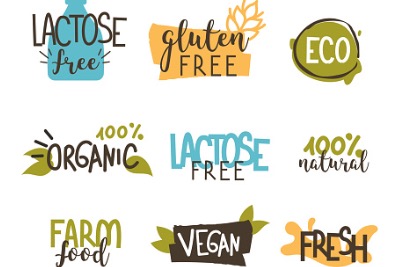
When exporting products internationally, the first thing an experienced exporter will research is labeling regulations. Here are some examples of labels from different countries:
UK Colorful Traffic Lights
In a large study, scientists have concluded that this system helps British people make better food choices. They tell consumers of processed goods how much salt, sugar, saturated fats, and other ingredients are in products.
France Nutri-Eco Scores
France’s recent decision to recommend the Nutri-Score system, a straightforward labeling system that uses color codes to guide consumers at a glance on the nutritional value of food products, marks an important achievement for nutrition in the WHO European Region. It will build on other ongoing efforts in the country to create healthy food environments.
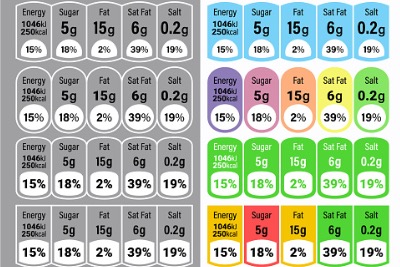
The Eco-Score is a French system that looks like the Nutri-Score. It grades the impact of the product on the environment. The grades are from A (very low impact) to E (very high impact). Food and beverage producers are aiming for A’s or at least B’s. This labeling system has an impact on consumer buying behavior and brand market share. Studies have shown that nutrition and eco-labeling are important to consumers. There is even an app that allows consumers to check the details of the eco-score while shopping at the supermarket.
Eco labeling looks at the 1) the mode of production - Is it organic, fair trade etc. 2) Endangered species – Does this product negatively affect the eco-system? For example, does this product require deforestation? 3) Ingredient origin – This looks at energy usage and transport. Locally grown typically gets a higher score. 4) Packaging – Recyclable and biodegradable packaging score big.
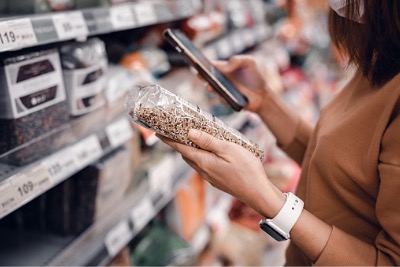
Canada’s Bilingual Table vs. US table
The US and Canadian table systems are similar. The biggest difference is the fact that Canada requires headings, information, and all ingredients to be in both French and English.
The People’s Choice
Which type of labels do people prefer?
A study of over 12,500 people in 12 countries looked at consumers perceptions of different label formats. They compared reactions and perceptions to labels designed as health star ratings (HSR), multiple traffic lights (MTL), Nutri-Score, reference intakes (RI) and warning labels. The interesting finding was that people preferred the multiple traffic light system the most. However, they overwhelmingly rated the Nutri-Score system as giving them the clearest information on the healthiness of the products in the study. In other words, consumers prefer the traffic light system, but gain the most knowledge from the Nutri-Score system.
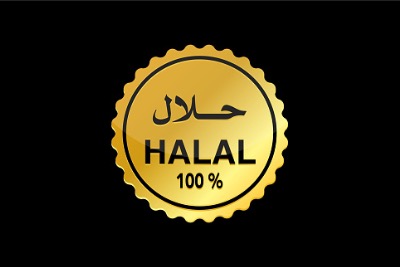
Islamic Services of America (ISA)
If your business would like to reach new markets domestically and internationally, check out ISA. We are a global leader in Halal certification, auditing services and education. Our professionals serve industry leaders throughout the United States, Canada, and Mexico. ISA confidently provides multi nationals, SME’s, and even startups, with a level of integrity and service for all their Halal certification and education needs.